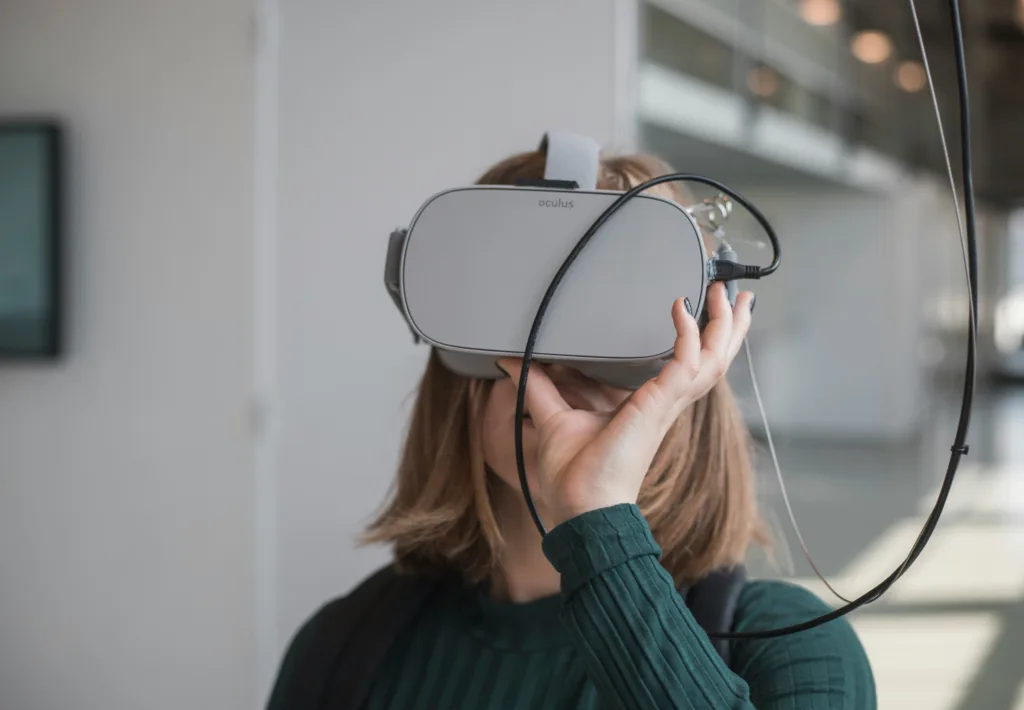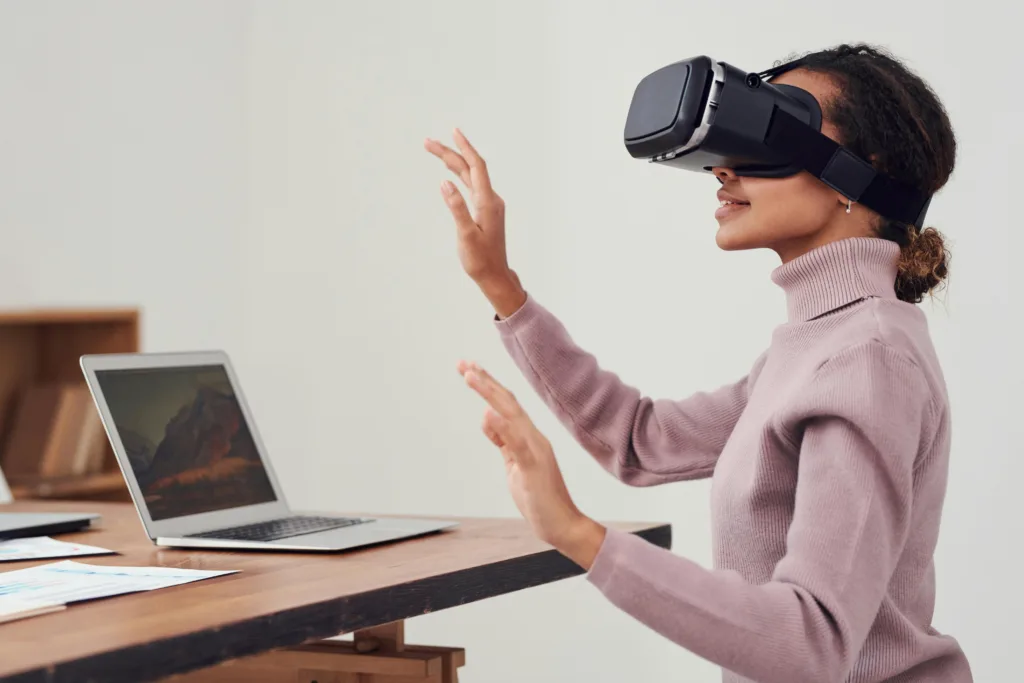
Using Virtual Reality for Physical Therapy and Pain Management: An In-Depth Guide
Virtual Reality (VR) is revolutionizing the fields of physical therapy and pain management. By immersing patients in interactive, computer-generated environments, VR offers innovative approaches to rehabilitation and pain relief. This guide explores the current applications, benefits, challenges, and future directions of VR in these domains, supported by recent research findings.
Understanding Virtual Reality in Healthcare
VR technology creates simulated environments that users can interact with, providing immersive experiences that can be tailored for therapeutic purposes. In healthcare, VR is employed to simulate real-world scenarios for patients undergoing physical therapy or managing chronic pain, enhancing engagement and potentially improving outcomes.
Applications in Physical Therapy
- Rehabilitation Post-Injury or Surgery
VR is utilized to assist patients in regaining mobility and strength after injuries or surgical procedures. By engaging patients in virtual tasks that mimic real-life activities, therapists can encourage movement and monitor progress. - Neurological Rehabilitation
Patients recovering from neurological conditions such as stroke or traumatic brain injury can benefit from VR-based exercises that promote neuroplasticity. These exercises can help in retraining the brain to improve motor functions. - Balance and Gait Training
VR environments can be designed to challenge and improve a patient’s balance and walking patterns, which is particularly beneficial for individuals with Parkinson’s disease or vestibular disorders.
Applications in Pain Management
- Distraction Therapy
VR can serve as a distraction tool during painful procedures or chronic pain episodes by diverting the patient’s attention away from the pain stimulus. - Cognitive Behavioral Therapy (CBT) Integration
Integrating VR with CBT techniques allows patients to confront and manage pain-related fears in a controlled virtual setting, potentially reducing pain perception. - Mindfulness and Relaxation
VR programs that promote mindfulness and relaxation can help in reducing stress and anxiety, which are often associated with chronic pain conditions.
Benefits of VR in Therapy
- Enhanced Engagement: The interactive nature of VR can increase patient motivation and adherence to therapy regimens.
- Personalized Treatment: VR programs can be tailored to individual patient needs, allowing for customized therapy plans.
- Remote Accessibility: VR enables the possibility of remote therapy sessions, increasing access for patients in underserved areas.
Challenges and Considerations
- Cost and Accessibility: The expense of VR equipment and software can be a barrier to widespread adoption.
- Technical Limitations: Issues such as motion sickness or technical glitches can affect the user experience and therapy effectiveness.
- Need for Clinical Validation: While promising, more extensive clinical trials are necessary to fully establish the efficacy of VR interventions across diverse patient populations.
Future Directions
The integration of VR with other emerging technologies, such as artificial intelligence and biofeedback, holds the potential to further enhance therapy outcomes. Ongoing research and development are expected to address current limitations and expand the applications of VR in healthcare.
Conclusion
Virtual Reality presents a promising adjunct to traditional physical therapy and pain management strategies. By offering immersive, engaging, and customizable experiences, VR has the potential to improve patient outcomes and satisfaction. As technology advances and becomes more accessible, VR is poised to become an integral component of rehabilitative and pain management practices.
Note: This article is intended for informational purposes and does not constitute medical advice. Patients should consult healthcare professionals before starting any new treatment programs.





